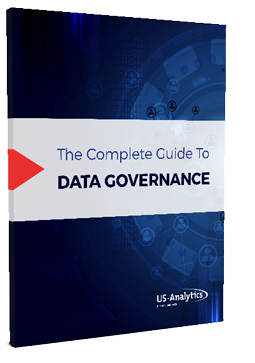There’s a lot of hype in the data governance and master data management (MDM) communities around potential competitors of Oracle Hyperion Data Relationship Management (DRM). If you are seriously considering replacing your current DRM implementation, first take into account the full picture of DRM before selecting an alternative because of price or functionality.
The DRM suite is now a fully functional set of products consisting of DRM, Data Relationship Governance (DRG), and Data Relationship Management Analytics (DRMA). Together this suite of tools is a power enabler for any organization seeking to achieve data governance and orderly control of enterprise change management processes.
When evaluating data governance software, your business should make an informed decision based on the following key criteria:
- Product stability, support, and length of time in the marketplace
- Customer adoption and success
- Vendor-provided functionality
- In-house support requirements
Product Stability and Customer Adoption
DRM is the most mature product on the market. It has been in existence in some shape or form for over 12 years and currently has a client install base of over 1,600 implementations around the globe. Having made a substantial investment in the product, Oracle stands behind DRM with a robust maintenance and 24/7 support organization and continues to make substantive product enhancements to integrate it with their EPM suite of tools.
Other vendors are all either relatively new, have small regional install bases, and/or have small support organizations — meaning that as issues arise, getting them resolved can be a long process. This should be a major red flag, given that data governance issues can have an impact across enterprises.
Vendor-provided Functionality
The DRM suite of products natively provides the most robust functionality. Flexible and malleable, it provides a framework that allows creation of solutions ranging from simple to complex. It has an extremely powerful visual hierarchy management tool with easy drag-and-drop capabilities to manage company hierarchy trees, and its powerful formula editor allows creation of both stored values and derived values. Best-practice DRM implementations aim to provide an 80:20 ratio of derived to stored values. The tool uses inheritance and default values to minimize the amount of actual stored data that is required to have a successful implementation.
DRM also has a prebuilt set of integration templates for both EPM and ERP products that have standard attributes and validations already incorporated. The DRM formula editor allows creation of new formulas and validations that enforce simple and complex business rules. This vendor-provided functionality is standard and requires no custom coding.
The accompanying DRG module also provides organizations the ability to build a variety of models that can handle adds/changes/deletes for any of the master data stored in the DRM repository. It’s easy to create configurable workflow solutions that are used to maintain new and legacy implementations.
In-house Support Requirements
DRM competitors require a much higher degree of IT intervention because of the need to code custom functionality for each implementation. DRM was created for business users to be maintained by business users. IT typically only needs to provide the infrastructure (hardware and software) for DRM. Once the hardware is functional and the software is installed, business users can build and maintain the end solution.
Designed to distribute maintenance efficiently, DRM allows business users the autonomy they need to respond rapidly to changing needs while IT deals with hardware and software needs (e.g. database growth, backups). This way, IT doesn't become an obstacle for changes forced by changing business requirements. Administration of DRM is typically provided by a strong business user who can learn the DRM formula editor to create new property attributes and validations.
Data governance follows the adage “you get what you pay for.” Organizational requirements are rarely 100% stable. To support shifting business requirements, having a solution that is flexible and adaptable will provide a much lower cost of ownership and a better way to remain competitive over time.






